
Chinese New Year
4718


Jan. 24th, 2020 (Chinese New Year's Eve)
Feb. 8th, 2020 (Lantern Festival).
Chinese New Year, also known as Chinese Spring Festival or China Lunar New Year, is the most important festival in China. Chinese people call it “Chunjie”.
Chinese New Year in 2020 falls on Saturday January 25th, being the start of the Year of the Rat.
The year ends on February 11th, 2021 according to the Chinese lunar calendar.

People born under the sign of the Rat are curious, highly intelligent, wise, and clever. They are very active, need a lot of stimulation and can be very restless, often tempted to take on too much. You will also find people born under this sign are imaginative and insightful.

As a public holiday, however, Chinese people only get 7 days off from work, from January 24th to 30th in 2020.
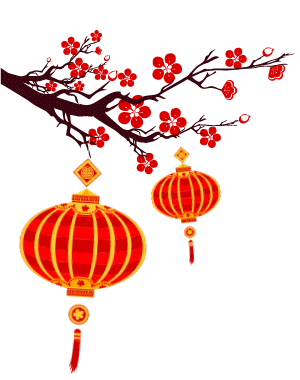

Lantern Festival
The Chinese New Year holiday comes to its climax with the Yuan Xiao (元宵节—yuán xiāo jié), or Lantern Festival.
Began over 2000 years ago, the festival has developed many meanings. It celebrates family reunions and society. It features ancient spiritual traditions. Some also call this the “true” Chinese Valentine’s Day.
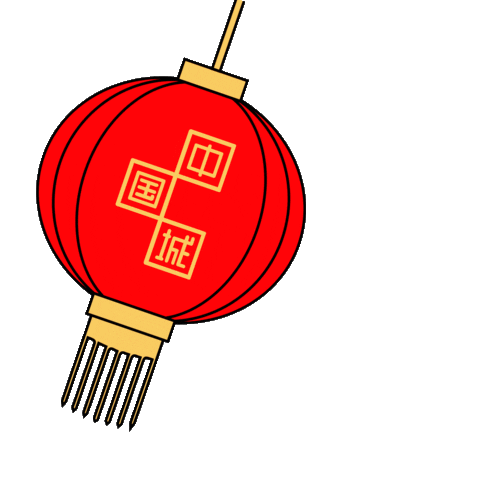
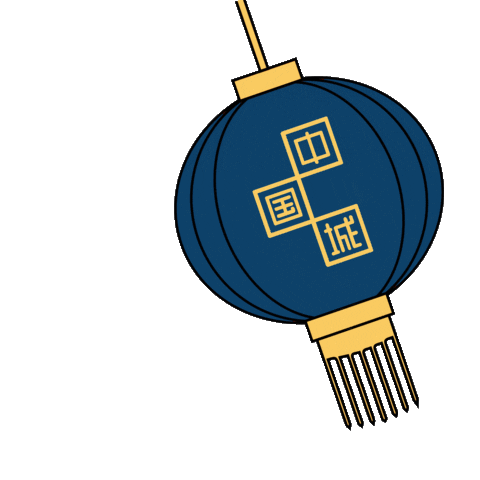
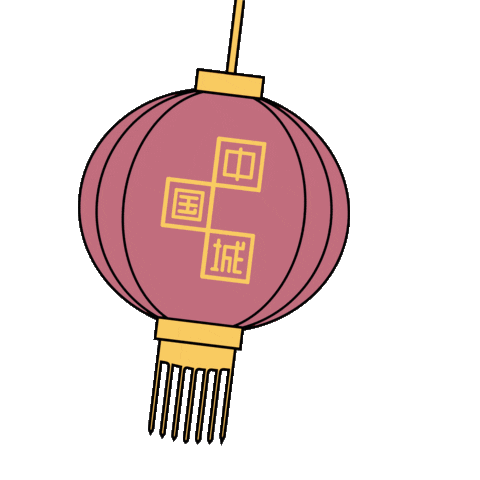
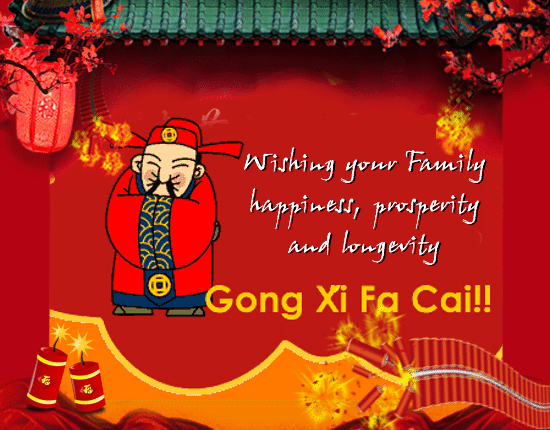
Cultural Significance of the Lantern Festival
The Spring Festival is a time reserved for families. There is the reunion dinner on New Year’s Eve, visits (拜年—bài nián) to in-laws on the 2nd day and neighbors after that. Stores reopen on the 5th and society basically goes back to normal.

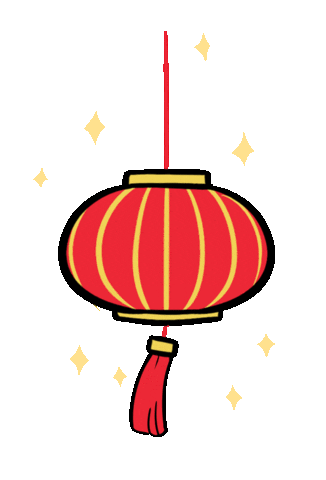



Chinese New Year
Lantern Festival celebration


Chinese New Year lantern festival celebration
In 2008, the Lantern Festival was listed as an intangible cultural heritage element.
But on the 15th, everyone - regardless of age or gender - go out onto the streets to celebrate. Though the Lantern Festival symbolizes reunions, it’s also a time of socializing and freedom.
In Ancient China, women usually weren’t allowed out the house. But on this night, they can stroll freely, lighting lanterns, playing games and interacting with men. The wild and romantic stories are why some say the Lantern Festival is the true Chinese Valentine’s Day, rather than Qixi (七夕).
 On a more serious side, the Lantern Festival also has religious aspects. It was important in ancient Chinese paganism, and also modern day Buddhism and ethnic minority cultures.
On a more serious side, the Lantern Festival also has religious aspects. It was important in ancient Chinese paganism, and also modern day Buddhism and ethnic minority cultures.
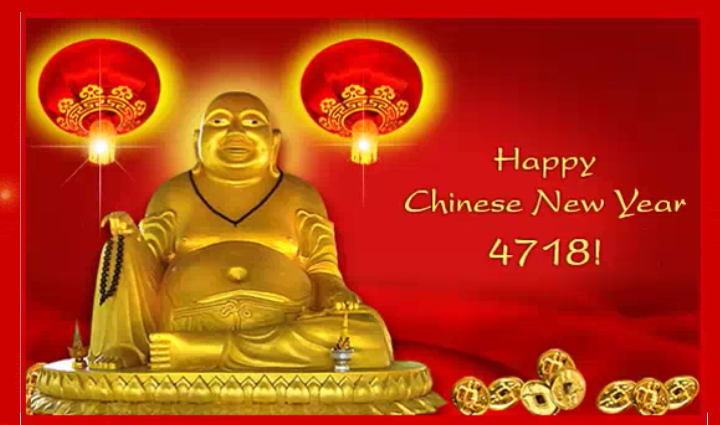
Origins and Histories
The general consensus is that the festival began more than 2000 years ago in the Western Han dynasty.
Emperor Wu (汉武帝—hàn wǔ dì) designated this day for worship rituals for Taiyi (太一神—tài yī shén), one of the universe’s sovereigns.
Intense power play and unrest came after his reign. The new emperor was Emperor Wen (汉文帝—hàn wén dì). To celebrate the return of peace, he made the 15th a national holiday. Every household would light candles and lanterns. It became known as 闹元宵(nào yuán xiāo). “Nao” can be interpreted as having fun, or going wild with excitement.

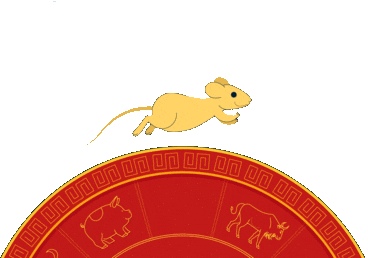
Emperor Ming of the later Eastern Han was a devout Buddhist. He heard that on the 15th, monks would light candles for the Buddha. He ordered the palace and temples to light candles, and for the citizens to hang lanterns.
Both events combined and eventually developed into the Lantern Festival we know today.
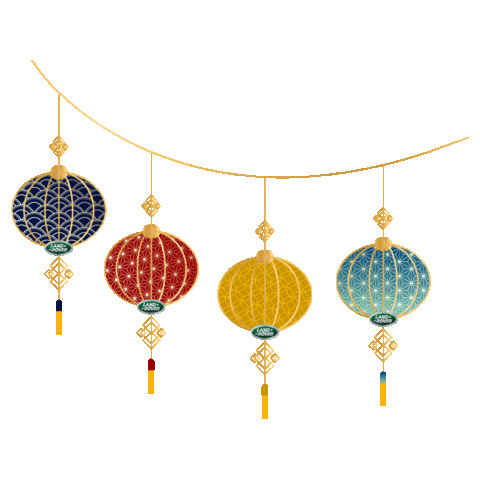
 Lantern Festival Celebration
Lantern Festival Celebration
The duration of celebrations varied throughout history. Nowadays, the festival technically isn’t a national holiday, so there aren’t any days off. The best period for Lantern Festival lovers would be the Ming dynasty. It lasted around 1 month!
There are some holidays that coincide with the Lantern Festival and are now celebrated together.
Torch Festival (火把节—huǒ bǎ jié)
The Torch Festival began in ancient times to chase away insects and pests and pray for a good harvest.
Children gather firewood and tree branches. Adults then light them. Holding these torches, entire communities dance in fields from dusk to dawn. Even now, it is still celebrated in some parts of Southwestern China.
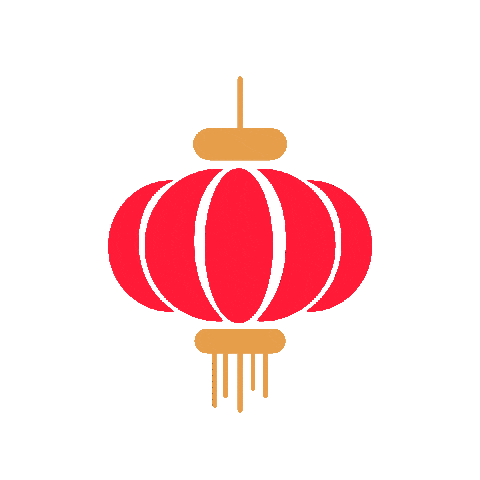
 Vegetable Stealing Festival (偷菜节—tōu cài jié)
Vegetable Stealing Festival (偷菜节—tōu cài jié)
This is celebrated by the Miao ethnicity in China. On that day, groups of girls steal Chinese cabbage from someone’s fields. Being caught is totally fine, but it’s forbidden to steal from relatives or friends.
Later, everyone puts the stolen Chinese cabbage together to make a feast. The one who eats the most will be the one to marry first.
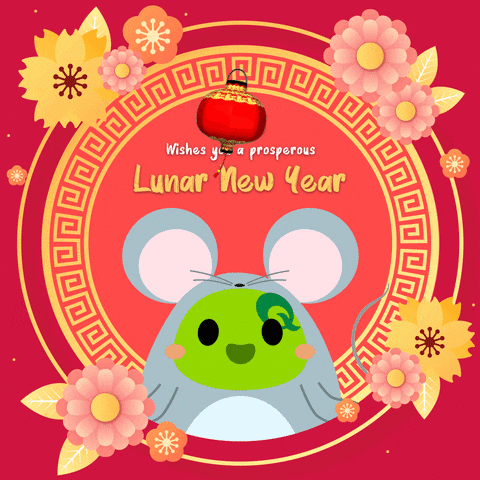 Lighting the Lanterns
Lighting the Lanterns
Lanterns are the most notable part of the festival. Which you can probably tell by the name.
In the early days, the Lantern Festival was also called Shang Yuan (上元). It was dedicated to the heavenly palace (天宫—tiān gōng). People would gather in their yards and give offerings to the gods. The lit lantern near the setup represented a god’s seat.
Throughout history, countless variations of lanterns have been created. They can be small globes that fit in your palm, or as large as a parade float. People make lanterns in symbolic designs as well.
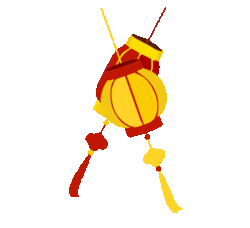

 Chinese New Year colorful floating lanterns
Chinese New Year colorful floating lanterns
When you visit a celebration, you might see giant fish, lotuses or dragons.
A famous variation is the Kongming lantern (孔明灯—kǒng míng dēng). They represent hope, success and happiness. In the past, people used these lanterns to signify they were safe after an attack.Now, they are used for wishes.
Also known as the sky lantern (天灯—tiān dēng), it sounds similar to 添丁 (tiān ding), which means “adding children”. Lanterns would be gifted to newlyweds or couples without children to pass on the blessings. Pregnant women would receive a pair of small lanterns to wish health and safety on both mother and child.
Some regions also burn lanterns to determine the gender of their future child from the shape of the ashes.



Traditions
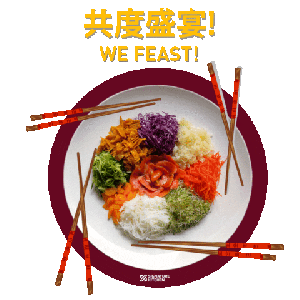

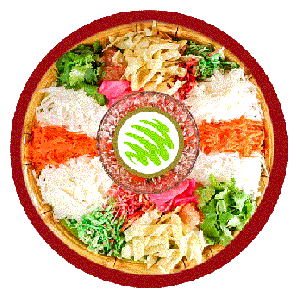 Festivities
Festivities
Greetings * Decorations * Gala * Red Pockets * Lantern Festival


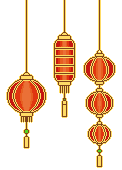






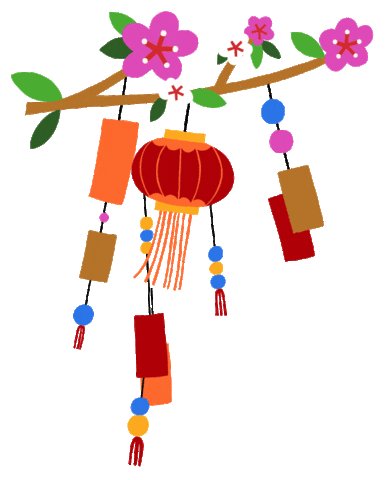

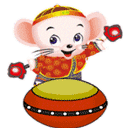




In 2008, the Lantern Festival was listed as an intangible cultural heritage element.
But on the 15th, everyone - regardless of age or gender - go out onto the streets to celebrate. Though the Lantern Festival symbolizes reunions, it’s also a time of socializing and freedom.
In Ancient China, women usually weren’t allowed out the house. But on this night, they can stroll freely, lighting lanterns, playing games and interacting with men. The wild and romantic stories are why some say the Lantern Festival is the true Chinese Valentine’s Day, rather than Qixi (七夕).


Origins and Histories
The general consensus is that the festival began more than 2000 years ago in the Western Han dynasty.
Emperor Wu (汉武帝—hàn wǔ dì) designated this day for worship rituals for Taiyi (太一神—tài yī shén), one of the universe’s sovereigns.
Intense power play and unrest came after his reign. The new emperor was Emperor Wen (汉文帝—hàn wén dì). To celebrate the return of peace, he made the 15th a national holiday. Every household would light candles and lanterns. It became known as 闹元宵(nào yuán xiāo). “Nao” can be interpreted as having fun, or going wild with excitement.


Emperor Ming of the later Eastern Han was a devout Buddhist. He heard that on the 15th, monks would light candles for the Buddha. He ordered the palace and temples to light candles, and for the citizens to hang lanterns.
Both events combined and eventually developed into the Lantern Festival we know today.


The duration of celebrations varied throughout history. Nowadays, the festival technically isn’t a national holiday, so there aren’t any days off. The best period for Lantern Festival lovers would be the Ming dynasty. It lasted around 1 month!
There are some holidays that coincide with the Lantern Festival and are now celebrated together.
Torch Festival (火把节—huǒ bǎ jié)
The Torch Festival began in ancient times to chase away insects and pests and pray for a good harvest.
Children gather firewood and tree branches. Adults then light them. Holding these torches, entire communities dance in fields from dusk to dawn. Even now, it is still celebrated in some parts of Southwestern China.


This is celebrated by the Miao ethnicity in China. On that day, groups of girls steal Chinese cabbage from someone’s fields. Being caught is totally fine, but it’s forbidden to steal from relatives or friends.
Later, everyone puts the stolen Chinese cabbage together to make a feast. The one who eats the most will be the one to marry first.

Lanterns are the most notable part of the festival. Which you can probably tell by the name.
In the early days, the Lantern Festival was also called Shang Yuan (上元). It was dedicated to the heavenly palace (天宫—tiān gōng). People would gather in their yards and give offerings to the gods. The lit lantern near the setup represented a god’s seat.
Throughout history, countless variations of lanterns have been created. They can be small globes that fit in your palm, or as large as a parade float. People make lanterns in symbolic designs as well.



When you visit a celebration, you might see giant fish, lotuses or dragons.
A famous variation is the Kongming lantern (孔明灯—kǒng míng dēng). They represent hope, success and happiness. In the past, people used these lanterns to signify they were safe after an attack.Now, they are used for wishes.
Also known as the sky lantern (天灯—tiān dēng), it sounds similar to 添丁 (tiān ding), which means “adding children”. Lanterns would be gifted to newlyweds or couples without children to pass on the blessings. Pregnant women would receive a pair of small lanterns to wish health and safety on both mother and child.
Some regions also burn lanterns to determine the gender of their future child from the shape of the ashes.



Traditions
Food - Drinks Desserts Snacks Clothes Myths Taboos



Greetings * Decorations * Gala * Red Pockets * Lantern Festival







Zodiac
🐁Year of the Rat 🐭 Year of the Ox 🐮🐃 Year of the Tiger 🐯🐅Year of the Rabbit 🐇 🐰 Year of the Dragon 🐲 Year of the Snake 🐍 Year of the Horse 🐴🐎 Year of the Goat 🐑 Year of the Monkey 🐵 🐒 Year of the Rooster 🐓🐔 Year of the Dog 🐶🐕 Year of the Pig 🐖 🐷
🐁Year of the Rat 🐭 Year of the Ox 🐮🐃 Year of the Tiger 🐯🐅Year of the Rabbit 🐇 🐰 Year of the Dragon 🐲 Year of the Snake 🐍 Year of the Horse 🐴🐎 Year of the Goat 🐑 Year of the Monkey 🐵 🐒 Year of the Rooster 🐓🐔 Year of the Dog 🐶🐕 Year of the Pig 🐖 🐷










No comments:
Post a Comment